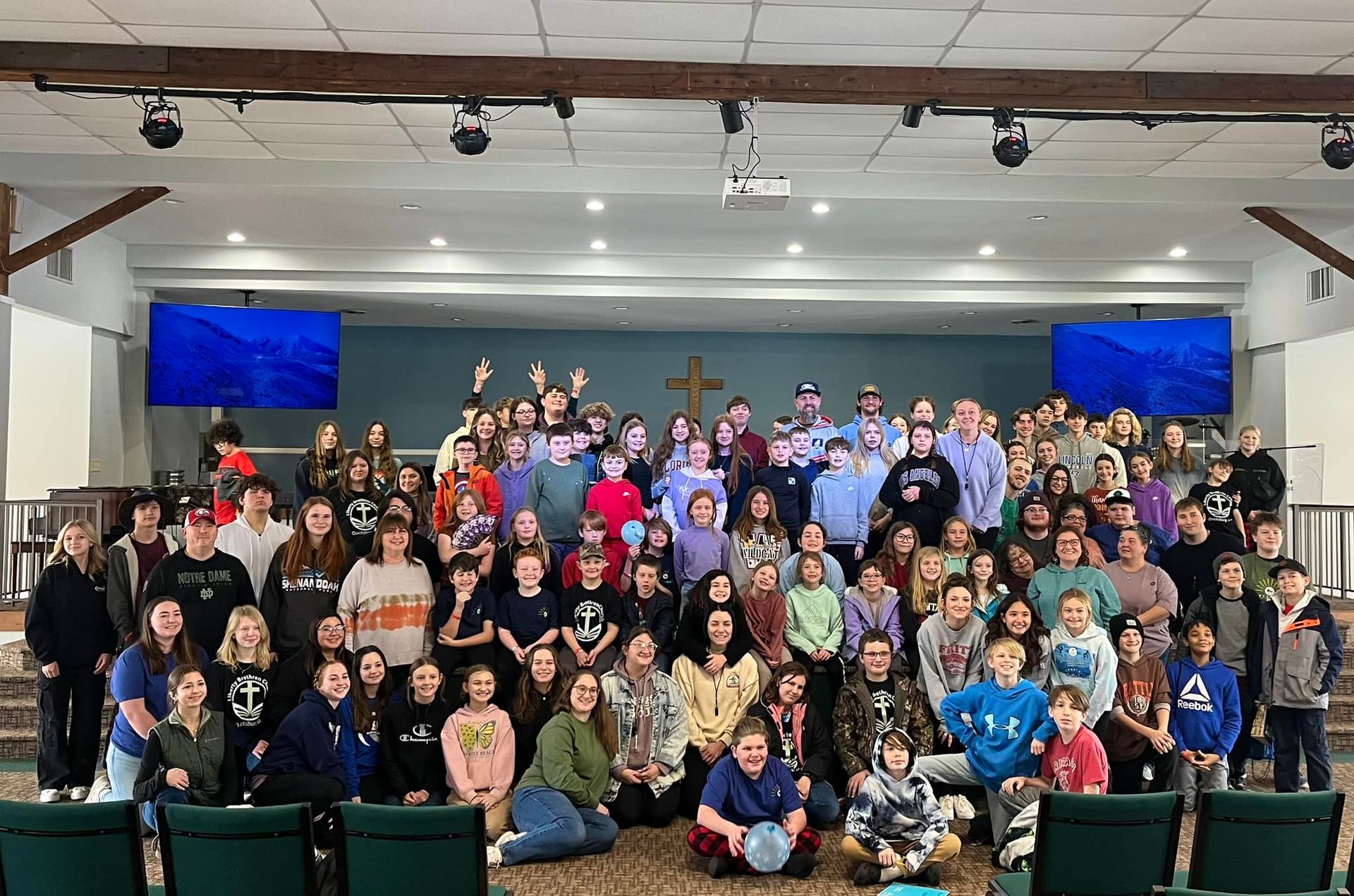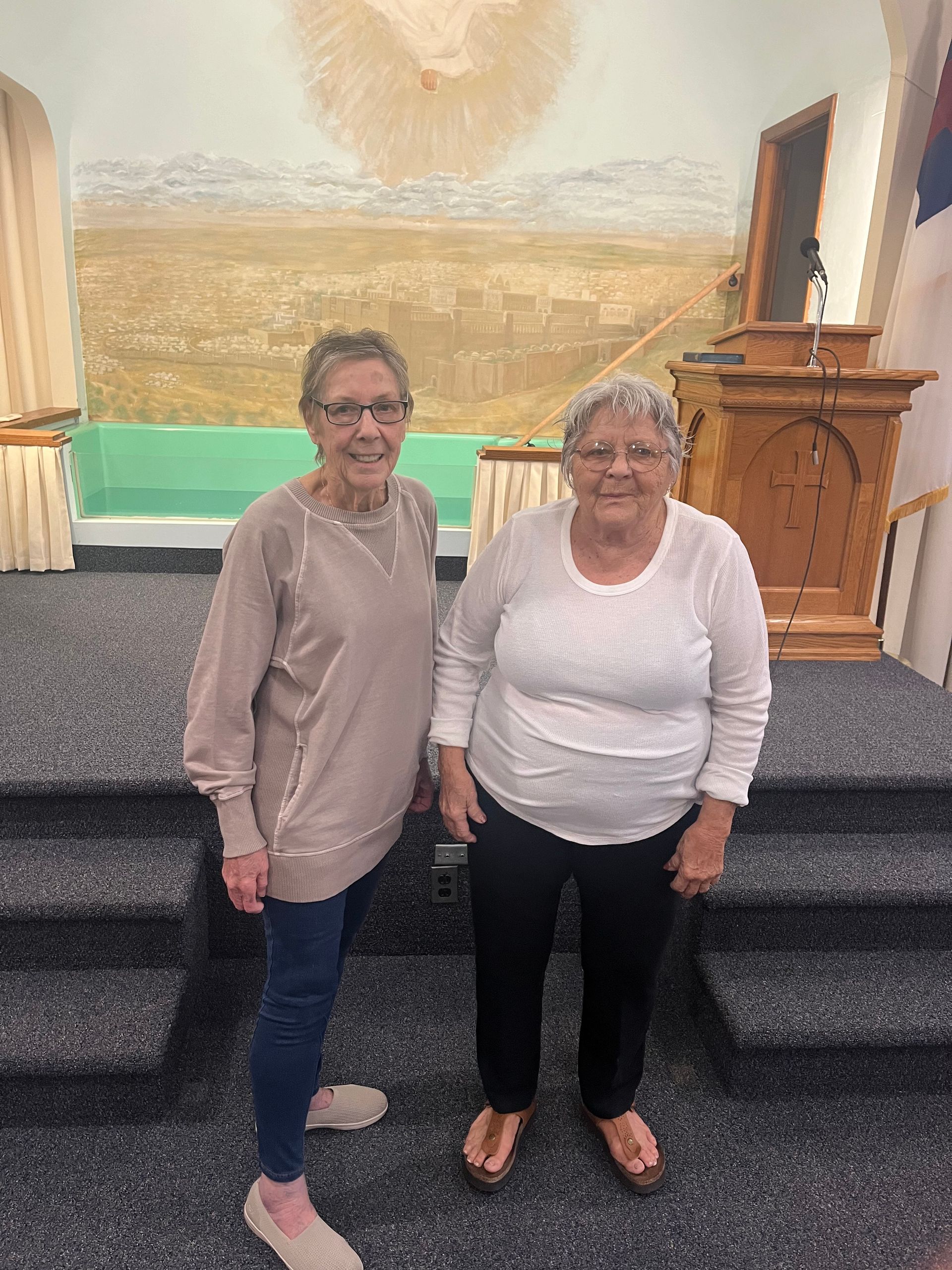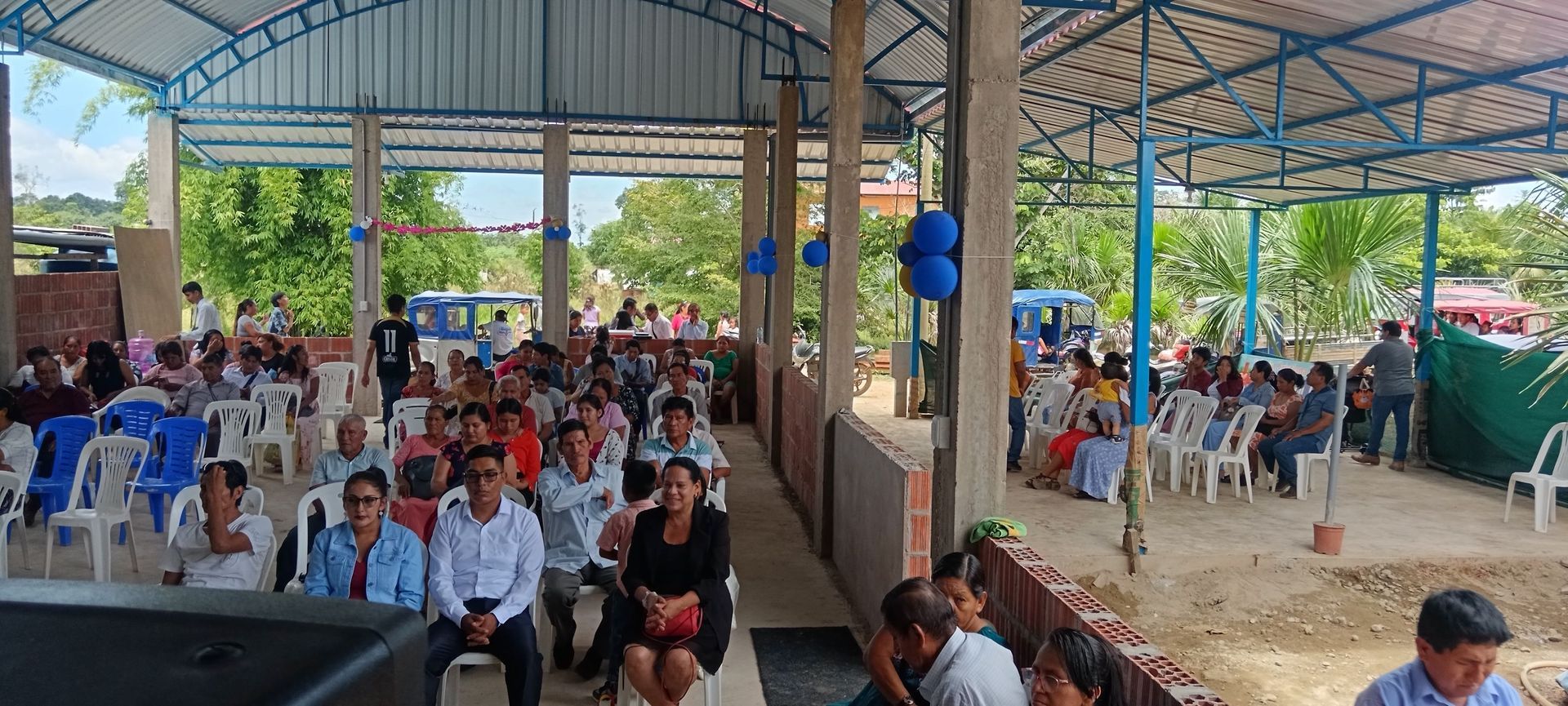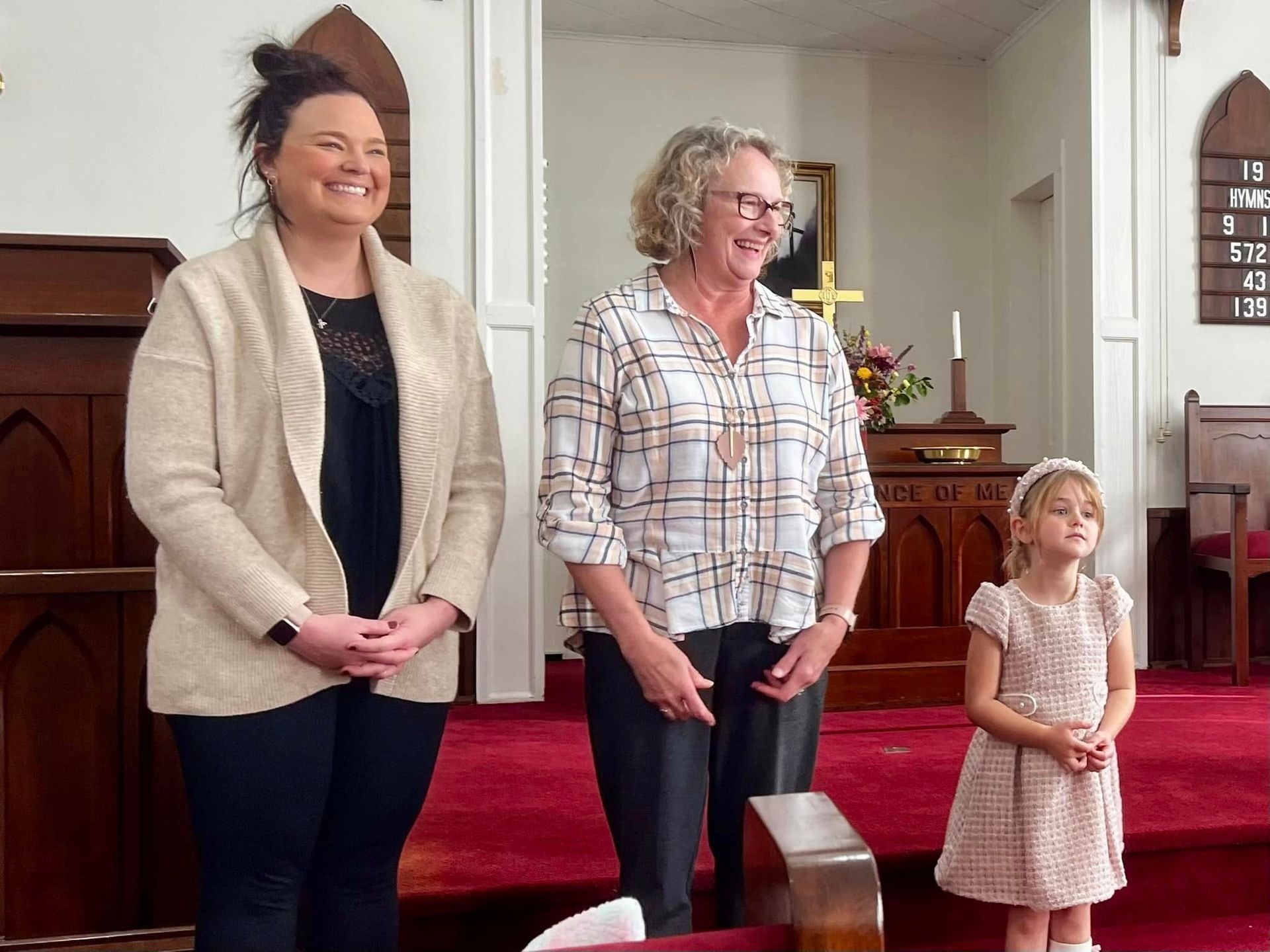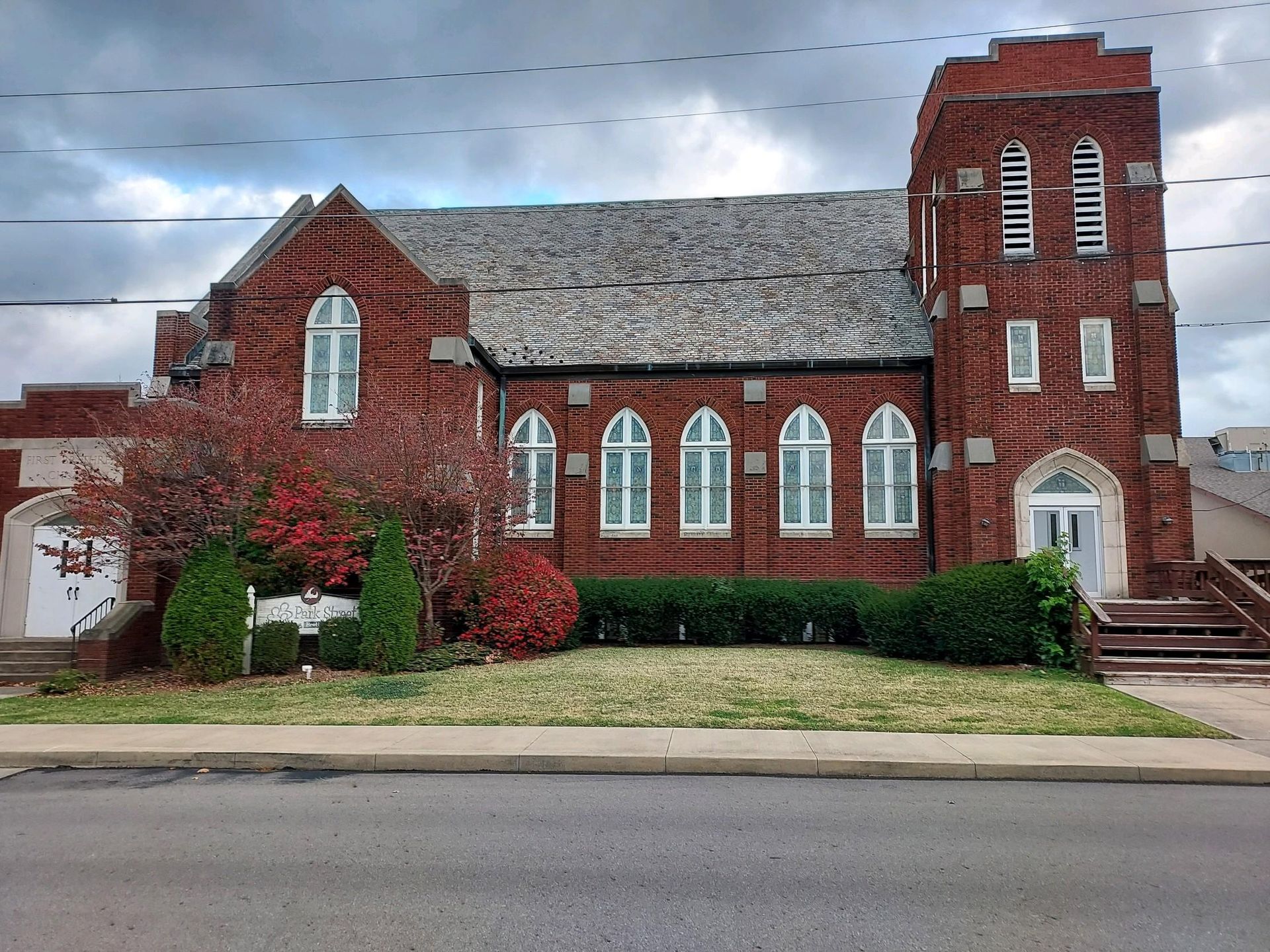VITAL SIGNS: Digital Opportunities
When I first started in pastoral ministry, we created monthly newsletters on typewriters using mimeograph masters and a mimeograph machine we hand cranked; it took all day to make a newsletter (If you don’t know what a mimeograph is, ask someone over 50)! Now I publish it on my computer and send it directly to my multifunction copier that prints, folds, collates, and staples it. We used to have pew pads that everyone signed and shared down the row. My greeters today hold a tablet and register people’s attendance on a cloud based church database system. Change is frequently scary, but when it comes to the church, getting better at being digital is not only more efficient but vital in reaching younger generations. As a former computer consultant, I have a unique insight into technology and the church
In today’s multi-generational church, each group has their preferred method of communication, and they ignore the rest. In general, people 65 and older still prefer printed documents, with some using email and even fewer texting. People 45 to 65 use email regularly, many are on Facebook and other social media, and some text. People under 45 almost exclusively use social media and texting to communicate, unless it is in their business setting. Do you want to email them? You better text them that you did!
You could spend endless hours trying to meet these diverse needs, or you can turn to technology to help track and stay in touch with your church family. Here are a few examples:
Your church does have its page, right? Just about every generation uses this social portal, and it is an excellent way to broadcast what your church is doing, live stream your messages, and stay in touch with your community. Setting up a page is free, and while there is a bit of a learning curve, finding someone in your church who already understands all this and would be excited to serve isn’t usually hard to find.
Church financial software
Just in case your treasurer is still doing things on paper or developed their own excel spreadsheet to track giving and budgets, there are much better answers. QuickBooks (buy the premier edition to get non-profit usability) from Sam’s Club or Costco for the best price, is the most used. Everything is on the computer, and reports are readily available. QuickBooks does not have a cloud based system (data rests on a remote server that you access from any computer, tablet, or phone with a username and password) that is compatible with nonprofits, but Aplos is a cloud based solution for nonprofit financial management.
Church database management software
Do an internet search for church software, and you will find dozens of computer based products. They do an adequate job but are usually quite expensive, and you pay for each computer to use it. A better solution is cloud based management, where donations, attendance, contacts, and all those vital pieces of information about your church members are stored in the cloud, and you pay one monthly fee. Realm and Breeze are both good products, but with Breeze, there is a bonus: You can group email and group text from within the program, so you only have to maintain one database, and then you can text or email people from any device.
Website
Another must have, but you are usually faced with either the few free sites out there being rather limited or the learning curve to use them is quite steep. A beautiful sweet spot is the web service provided by Outreach Marketing, it is easy to use, but offers a robust array of services.
Other social and digital resources
Someone in your church may use Pinterest, may keep an eye on Twitter, Instagram with their friends, or may even have told you excitedly that your local church can have its cell phone app. If your particular context is tech savvy and committed to these ways of communicating, check them out (“I have become all things to all people so that by any means I might save some”), but for most of our churches, these other models are either not cost effective or do not match well with our demographic.
I appreciate that I have only scratched the surface on how churches can use digital resources. For example, there are multiple Bible and research programs that are free and very useful; you will increasingly see people in church turn to their phones to read the Bible. However, these areas will give you a good start on using technology to leverage your time and energy to minister to your church. If your church loves a piece of technology they are using, let me know, and I will add it to a future article.
Mobilize wants to help your church become healthier!
If you have a question about church health, growth, and vitality, send it to me at my email below. We want this space to inform and encourage church health, so let us know how we can help! If your church wants help getting healthier, or is interested in the Natural Church Development process we use to assess and promote church health, you can contact the national office at 419-289-1708 or myself at EmeryHurd@gmail.com. or 307-638-6411.
